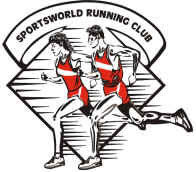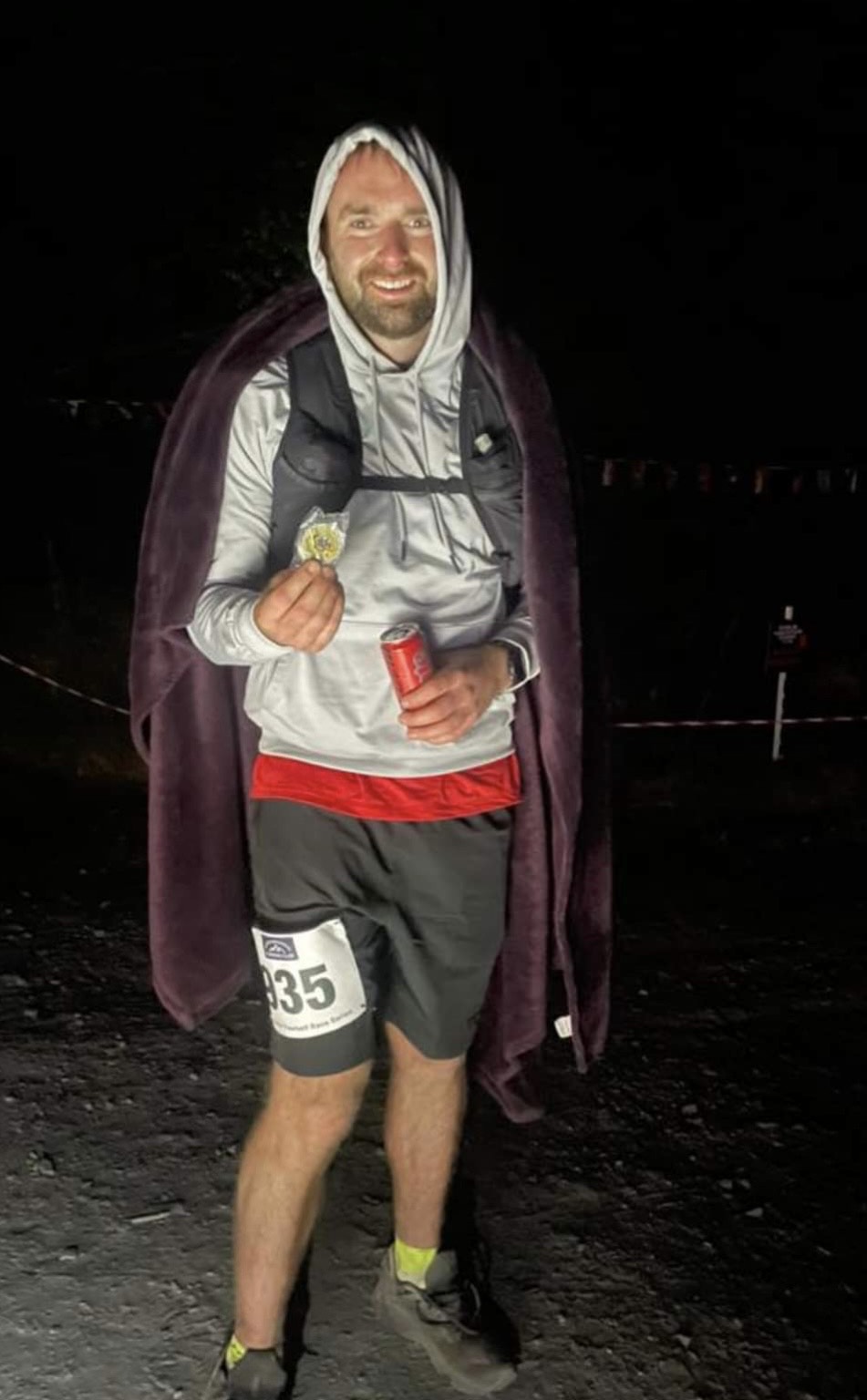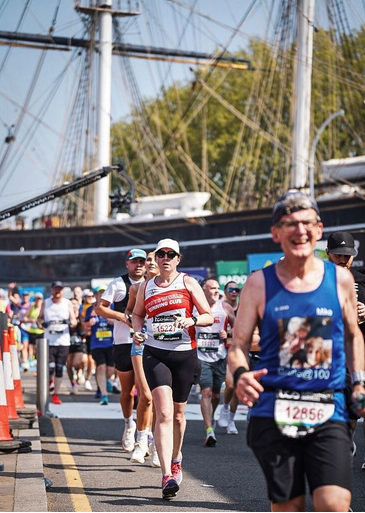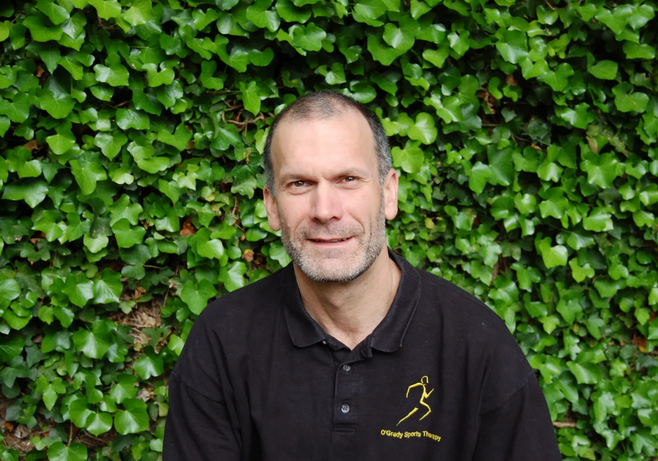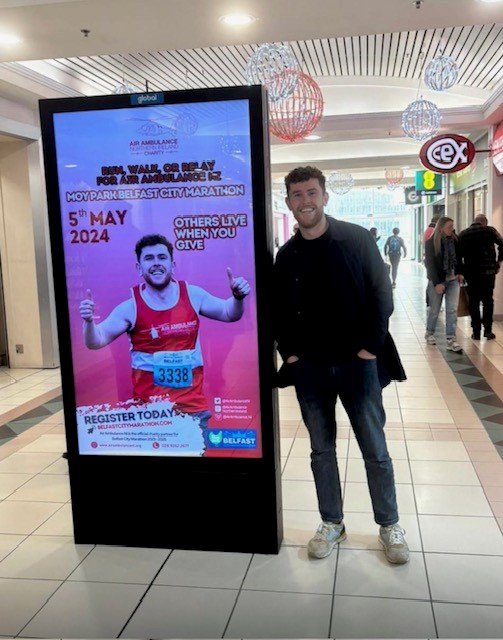While you may be guilty of lacing up your running shoes and going for any old ‘run,’ mixing up your training and including a variety of different running workouts will make you a faster, stronger, and less injury-prone runner.
There are various types of running workouts we should all include in our training. These range from normal/everyday runs, to interval training and long runs, all of which play an important role in becoming a faster, stronger and more efficient runner.
Easy runs
These runs are your usual natural effort runs, making up the majority of your training. These normal runs contribute massively to building your aerobic capacity. Easy runs should not be too challenging and instead run at a comfortable pace, allowing these to be run often. If training by heart rate, these would be run around 70-80% of your max, else known as zone 2. Meeting up with a friend can make theseless tedious or safer in winter.
Progression runs
Progression runs are similar to easy runs yet finish at a much faster pace. You are, therefore, increasing your speed as the run goes on. These runs are more challenging than standard easy runs but are great for building running stamina. If training by heart rate, the start of your run would be run around 70-80% of your max known as zone 2, while towards the end of your run you could be looking at as high as 80-90% entering zone 3 or even 4.
Interval training workout
Interval runs combine fast uncomfortable hard effort runs with low-intensity jog recoveries. This allows us to simulate fast running resulting in increased tolerance to lactic acid and improved running economy among many physiological changes. These physiological changes include an increased ability to deliver oxygen to the working muscles alongside increased heart strength. These are essential to faster and more efficient running. If using a heart rate monitor, you will be training in zone 4 (94-100% max) for the intervals and zone 1 (60-70% max) and 2 (70-80% max) for the recovery jogs. These are the typical Tuesday evening session at Sportsworld HQ.
An example of an interval training session is as follows:
10-minute warmup & dynamic stretching
6 x 800M at goal 5k pace
2-minute jog recovery between each interval
10-minute cool-down jog & static stretching
Fartlek training
The word ‘Fartlek’ is Swedish for ‘speed play.’ Fartlek training is basically interval training but with less structure and intensity. Fartlek training is all about having fun while running fast, alternating these fast reps with slow recovery jogs.
With a less structured approach, fartlek training usually consists of picking an object such as a lamppost, running fast until you reach it, and then running slow until your next object such as a blue car. This process is repeated by alternating between slow and fast running and a variety of obstacles to reach. Around the park we have these markers picked out. Fartlek training combines zone 2 (70-80% max), zone 3 (81-93% max), and occasionally zone 4 (94-100% max) heart rate training.
Popular in Bushy over the Summer the minute on minute off is another take on this
Tempo runs
Tempo runs are run at what is commonly referred to as ‘a comfortably or steady hard’ pace. This pace is slower than your 5k pace and similar to your marathon pace. The tempo running workout builds up lactic acid within our muscles. Regular tempo runs will increase our lactic threshold allowing us to run faster without fatiguing as quickly.
Use training pace calculators found online, or view this earlier article to work out your tempo run pace if training by pace per mile or km/per mile. However. if using a heart rate monitor, tempo runs should be run between 85-90% (zone 3) of your maximum heart rate.
Classic laps at Sportsworld include the Ballyboden or Terenure laps.
Hill repeats
Much like trail running, hill repeats are a great way to strengthen your muscles while building stamina. Hill repeats also allow our regular easy runs to feel much more comfortable. Make sure not to run as far as your intervals as hill repeats are run at a much higher intensity. Doing too much, especially too soon will increase your risk of injury.
To run hill repeats:
10-minute warmup jog & dynamic stretching
Find a medium-long hill
Run up the hill fast for 30 seconds
Jog down the hill slow
Repeat a minimum of 3-4 times
10-minute cool-down jog & static stretching
If you choose to include hill repeats as a running workout, ensure not to do these too frequently as these will increase your risk of injury. Shorter repeats such as 6 x 10 seconds can be incorporated on an easy day, without much additional stress. A great spot for this is down by the Dodder or in the park itself in Summer.
Sprints
Sprints are no longer just for short distance runners. Incorporating sprinting into your training will improve your muscular strength and power as well as your sprint finish. Running greats nclude sprint training regularly. You can benefit hugely from the Saturday morning sessions, even if running an Autumn Marathon is your goal.
An example sprint training session:
10-minute warmup jog & dynamic stretching
6x200m
1-minute rest between each interval
10-minute cool down jog & static stretching
Long run
The long-run should be a staple in all runners training programmes. Commonly run on a Sunday, the long run is responsible for a variety of physiological benefits. These include an increased capacity to use fat as fuel, improved cardiovascular health, and the strengthening of the leg muscles. The long-run also develops mental toughness due to the long duration of running.
Your weekly long run should be no longer than 20-25% of your total weekly mileage. For example, if you run thirty kilometers per week your long run should be anywhere between 6 and 7.5 kilometers. Increasing this too much will create an imbalance in your training while also increasing your risk of injury.
Finally, you can also include different running workouts within the long run. For example, you may choose to include a tempo run mid-way through, often done to stimulate running on heavy legs towards the end of a race.
